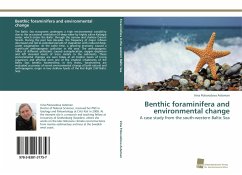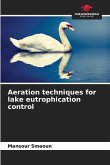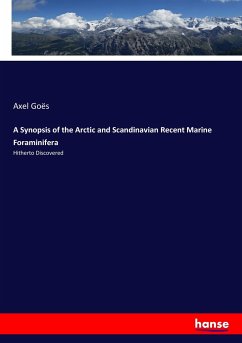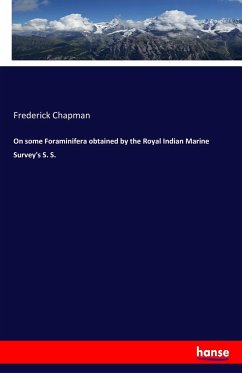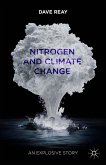The Baltic Sea ecosystem undergoes a high environmental variability due to the occasional ventilation of deep water by highly saline Kattegat water, which enters the Baltic through the narrow and shallow Danish Straits. During the past two decades, the frequency of major inflows decreased and led to extended periods of stagnation with reduced deep-water oxygenation. At the same time, a growing economy caused a significant anthropogenic pollution in the area. The anthropogenic influx of different pollutants caused eutrophication, oxygen depletion and left elevated levels of trace metals in the sediments. These environmental changes are seen today at all trophic levels of living organisms and affected even one of the smallest inhabitants of the Baltic Sea: benthic foraminifera. In this thesis, foraminifera are evaluated as proxies of recent environmental change of both natural and anthropogenic origin in two shallow fjords of the Kiel Bight (SW Baltic Sea).
